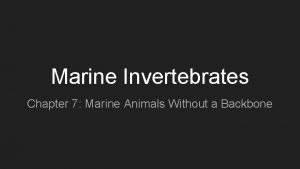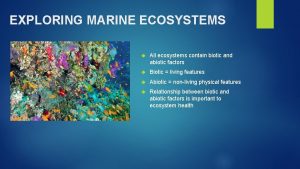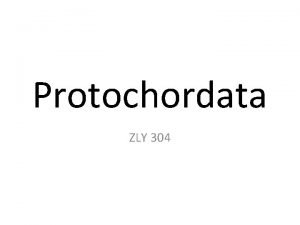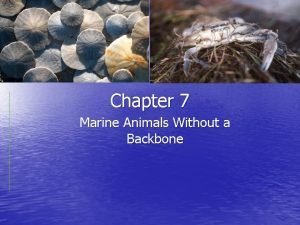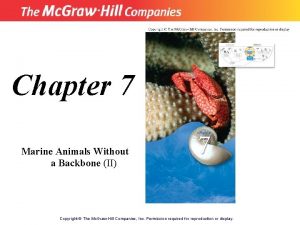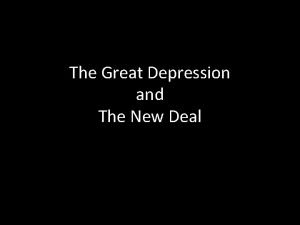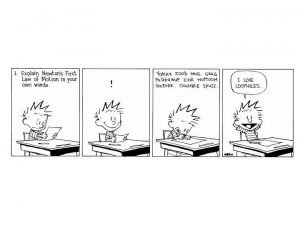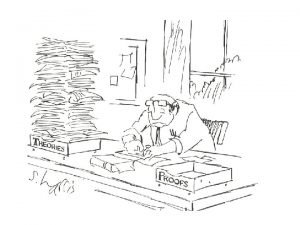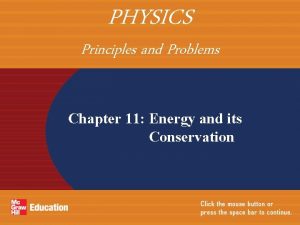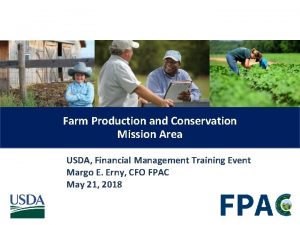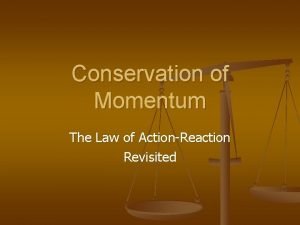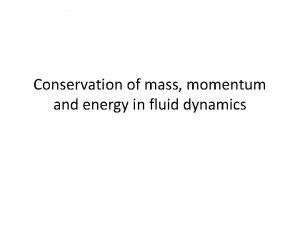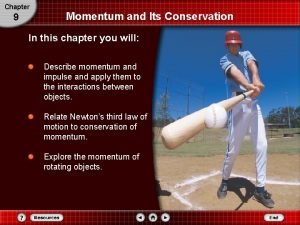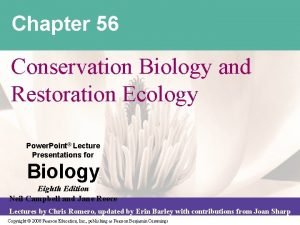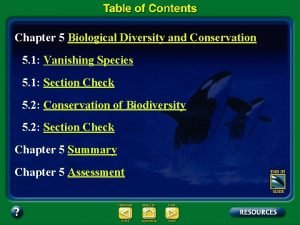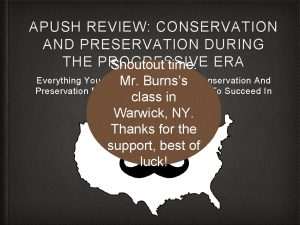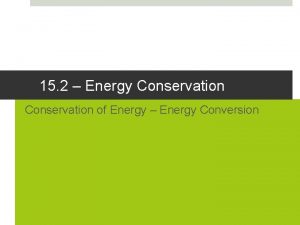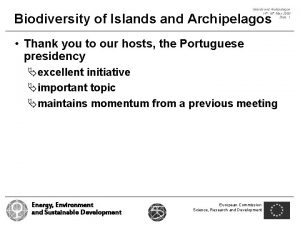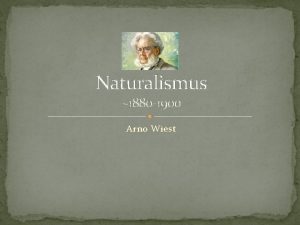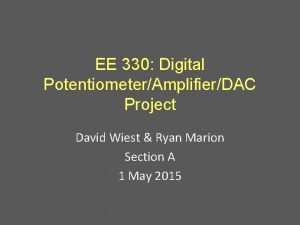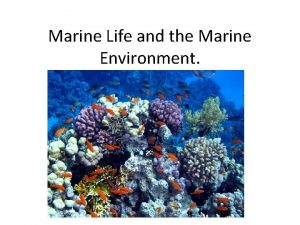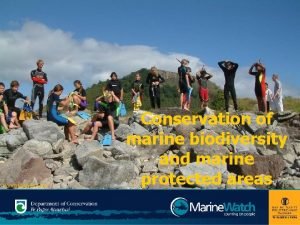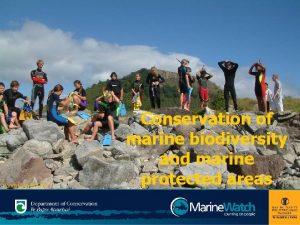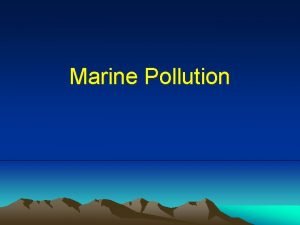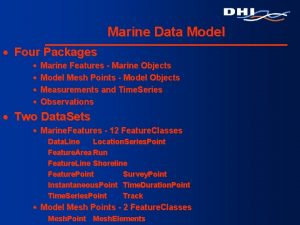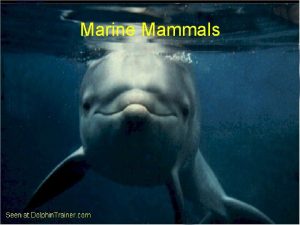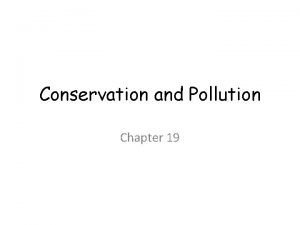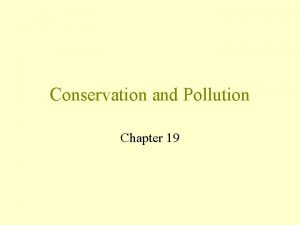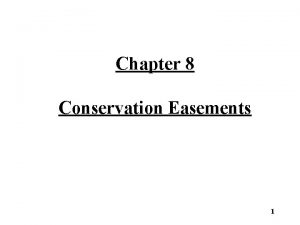Archipelagos Institute of Marine Conservation Michael Wiest and























- Slides: 23

Archipelagos Institute of Marine Conservation Michael Wiest and Regina Wang

Archipelagos: - marine conservation institute on a Greek island - about 30 interns at a time from many different countries

What we did in Greece: -Surveys (terrestrial & marine) -Necropsy (golden jackal) -Jackal surveys (Emily’s work) -Wildlife Library Main Project: -Microplastics!

Terrestrial Surveys: Chameleons!

And: hedgehogs and terrapins

Marine surveys: -Underwater visual census

Awesome Cuttlefish!

And finally: MICROPLASTICS!!!

What are microplastics? • Plastic fragments <5 mm (>500µm) • Typically: polypropylene, polyethylene, polystyrene, polyethylene terephthalate, polyvinyl chloride • plastic resin pellets, plastic product fragments, fibres, rubber, Styrofoam, plastic sheets and sponges


Source and prevalence • Macroplastics: fishing gear, industrial production, littering, and waste effluent • Microplastics: result from photo, thermo-oxidative, bio, and physical degradation. Chemicals contain them. Shipping • Found on all 6 continents • Accumulate in high pressure areas (gyres)

Broader Implications • Plastics resist biodegradation due to short biological timespan • Can accumulate in organisms • Microplastics accumulate Persistent Organic Pollutants (polychlorinated biphenyl, Dichlorodiphenyldichloroethy lene (DDT), Biphenol A)

Archipelagos past research • 18 H. forskali and 4 H. tubulosa sampled: – 24 hour sampling period – Plastics found in all samples (max 32 fibres) • 114 beach sites in 2009, 49 sites in 2011. – Plastics at all sites – Max concentration was 112 fibres/sample

Methodology • Sediment: – Add saturated Na. Cl soln. Agitate and let settle – Filter and analyze through microscope. • Holothurians: – Keep in filtered sea water 24 hrs. – Return to sea. Agitate and filter sea water. Analyze

Ongoing research • Altered methodology for mass measurements • Take sediment samples at depth rather than distance from shore. • Added sampling in proximity of Holothuria for concentration comparison • Sampling sites on Samos and six sites on Oinousses • Regina analyzed fish guts to study travel through trophic levels.


Sediment results Average plastics at depth Fibers Total plastics at depth

Fibers/gram sediment Holothuria results

Concentration difference (Holothuria)

Some pictures of fun times!

Some pictures of fun times!

Some pictures of fun times!

Some pictures of fun times!
 Sea and marine otters belong to the order carnivora.
Sea and marine otters belong to the order carnivora. Is porifera exclusively marine
Is porifera exclusively marine Biotic and abiotic components of marine ecosystem
Biotic and abiotic components of marine ecosystem Protochordates and chordates
Protochordates and chordates Hyundai vgm
Hyundai vgm Prayers that paralyze the python spirit
Prayers that paralyze the python spirit Echinoderm
Echinoderm Marine animals without backbone and soft bodies
Marine animals without backbone and soft bodies Soil conservation and domestic allotment act
Soil conservation and domestic allotment act Soil conservation and domestic allotment act
Soil conservation and domestic allotment act Define cyclic coordinates
Define cyclic coordinates Conservation theorem and symmetry properties
Conservation theorem and symmetry properties Chapter 11 physics study guide
Chapter 11 physics study guide Farm production and conservation business center
Farm production and conservation business center Environment management tool
Environment management tool Action reaction and momentum conservation
Action reaction and momentum conservation Mass momentum and energy conservation
Mass momentum and energy conservation Momentum and its conservation chapter 9
Momentum and its conservation chapter 9 Chapter 56 conservation biology and restoration ecology
Chapter 56 conservation biology and restoration ecology Biological diversity and conservation chapter 5 answers
Biological diversity and conservation chapter 5 answers The new deal fights the depression
The new deal fights the depression Chapter 11 energy and its conservation answers
Chapter 11 energy and its conservation answers Preservation and conservation apush
Preservation and conservation apush Energy conversion and conservation
Energy conversion and conservation

